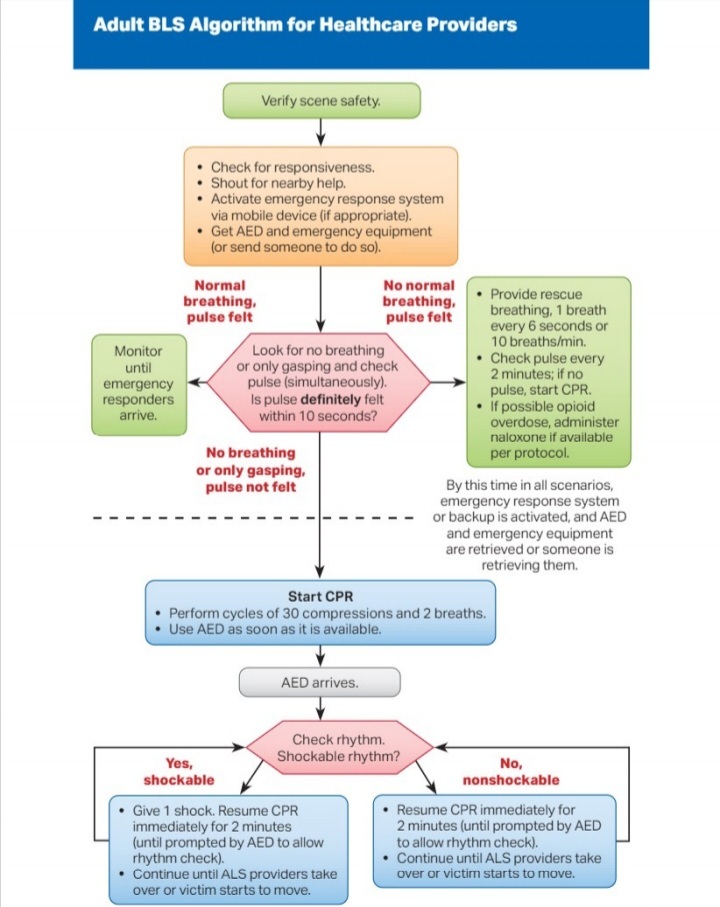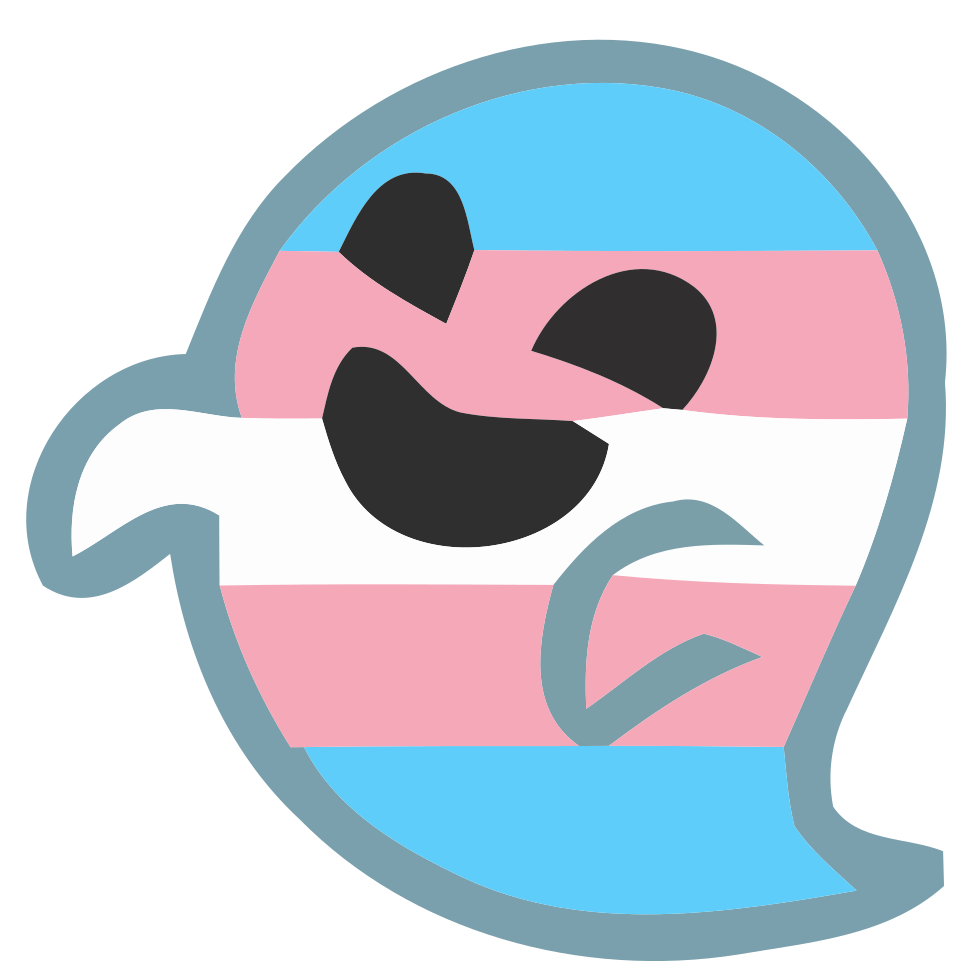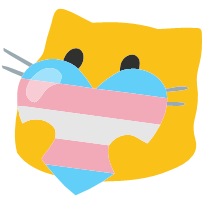(Images can be enlarged if needed)

Cardiac arrest, also known as Sudden Cardiac Arrest, is when the heart stops beating suddenly. The lack of blood flow to the brain and other organs can cause a person to lose consciousness, become disabled or die if not treated immediately.
The terms ‘heart attack’ and ‘cardiac arrest’ are often used interchangeably, but these are two different heart conditions.
A heart attack occurs when there is a blockage in the arteries that stops blood flow in the heart. Due to the lack of blood and oxygen flowing in the heart, the heart muscle tissue will become damaged. Heart attacks can increase the risk for cardiac arrest because heart attacks can alter electrical signals in the heart.
CPR – or Cardiopulmonary Resuscitation – is an emergency lifesaving procedure performed when the heart stops beating. Immediate CPR can double or triple chances of survival after cardiac arrest.
If someone experiences cardiac arrest, they need immediate treatment to increase the flow of oxygen-rich blood to their organs. CPR is the compression over the chest to manually pump a patients heart. Rescue breaths are preformed to provide oxygen to the body.
During CPR, proper hand placement on the lower half of the sternum is crucial. Placing hands over the sternum ensures effective chest compressions directly above the heart, optimizing blood circulation throughout the body.
According to the American Heart Association (AHA), the overall survival rate for out-of-hospital cardiac arrest is around 10%. However, survival rates can be improved if bystander CPR is started immediately. Studies have shown that bystander CPR increases the chances of survival for someone experiencing cardiac arrest. In fact, the AHA reports that survival rates increases to 40% or higher when bystander CPR is performed promptly. The surival rate is between 24% and 40% for those that happen in the hospital, according to the report published online in the Emergency Medicine Journal.
CPR is preformed between 100 - 120 beats per minute. Famously Staying Alive by the Bee Gees is the same beat. A large list of songs with the correct BPM can be found here
![]() The American Red Cross gives the following list of steps to asses if CPR is needed and how to preform:
The American Red Cross gives the following list of steps to asses if CPR is needed and how to preform:
1 CHECK the scene for safety, form an initial impression and use personal protective equipment (PPE)
2 If the person appears unresponsive, CHECK for responsiveness, breathing, life-threatening bleeding or other life-threatening conditions using shout-tap-shout
3 If the person does not respond and is not breathing or only gasping, CALL 9-1-1 and get equipment, or tell someone to do so
4 Kneel beside the person. Place the person on their back on a firm, flat surface
5 The American Red Cross CPR guidelines recommend 100 to 120 chest compressions per minute, 30 at a time. Remember these five points:
Hand position: Two hands centered on the chest
Body position: Shoulders directly over hands; elbows locked
Compression depth: At least 2 inches
Rate of compressions: 100 to 120 per minute
Allow chest to return to normal position after each compression
6
Give 2 breaths
Open the airway to a past-neutral position using the head-tilt/chin-lift technique Pinch the nose shut, take a normal breath, and make complete seal over the person’s mouth with your mouth. Ensure each breath lasts about 1 second and makes the chest rise; allow air to exit before giving the next breath Note: If the 1st breath does not cause the chest to rise, retilt the head and ensure a proper seal before giving the 2nd breath If the 2nd breath does not make the chest rise, an object may be blocking the airway
7 Continue giving sets of 30 chest compressions and 2 breaths. Use an AED as soon as one is available! Minimize interruptions to chest compressions to less than 10 seconds.
Sources:
https://www.hopkinsmedicine.org/health/conditions-and-diseases/cardiac-arrest
https://cpr.heart.org/en/resources/cpr-facts-and-stats
https://www.mycprcertificationonline.com/blog/cpr-success-rate
Instructional images from the AHS Basic Life Support Manual (2020)
Join our public Matrix server! https://matrix.to/#/#tracha:chapo.chat
As a reminder, be sure to properly give content warnings and put sensitive subjects behind proper spoiler tags. It's for the mental health of not just your comrades, but yourself as well.
Here is a screenshot of where to find the spoiler button.



transphobia, bad friends
I need better friends 😔. I came out to one of the only people that actually stayed with me after the giant falling out I had with my entire friend group after my ex went and fed them all lies about me and they believed her implicitly without talking to me.
He told me he "cares enough about me" to tell me that he doesn't think it's right for him to respect my pronouns, but that he still "loves and respects" me "despite my being trans," whatever the fuck that means.
I feel like I have virtually no one in my life that genuinely cares about me, and I don't know what to do about it with my apparent inability to meet new people.
That sucks :(
Hope you can find people who are more supportive I. Your life.
I hope you can make better friends who repect you
That's some love the sinner hate the sin bullshit. And I would be tempted to start using she her pronouns and a feminine name for them. If they don't respect you don't respect them.
Honestly though see if you can find trans community in your area. It can feel awkward being new to those spaces, but I find a lot of commonality with other trans people.
This doesn't effect cis people as strongly as it does us. I've seen people caution against this because they might assume their reaction and your reaction would be the same. You might end up reinforcing that misgendering is okay.
Yeah I don't think it's really a good idea. Better to find some supportive friends instead and let that relationship go in my opinion.
I attend a trans support group in my area, but it's specific to well... support. How might I go about finding actual trans friends?
I've made friends at support groups by showing up early to meetings and hanging out after meetings. If there's people that you vibe with just ask them if they want to grab some coffee or something sometime.
Outside of that. Here we have a trans church. I'm not a church-going person but they do a lot of community building and left organizing. So I make friends by attending events that the church hosts.
My partner also had a trans woman join a non-profit that she is on the board of. And I made friends with her and have gone clothes shopping with her as well as hung out a few times.
I think generally trans people are happy to make friends with other trans people. And we have similar lived experiences that tend to be pretty rare. So making friends can be easy once we get over the awkwardness.
Look into if there is a trans discord or community in your area. My small region of a couple hundred thousand people has one with like 50 people on it, and while I haven't personally made friends directly through it, my ex and friend met her current partner from there who is now my friend.
As for how to look into this, unfortunately they tend to spread by word of mouth. You could ask around at your support group
What does that even mean?
It means he needs to be gulaged and re-educated.
That's terrible.